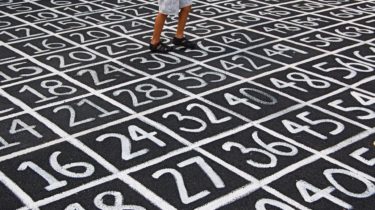Training and Validation Data in PyTorch
Training data is the set of data that a machine learning algorithm uses to learn. It is also called training set. Validation data is one of the sets of data that machine learning algorithms use to test their accuracy. To validate an algorithm’s performance is to compare its predicted output with the known ground truth in validation data. Training data is usually large and complex, while validation data is usually smaller. The more training examples there are, the better the […]
Read more








